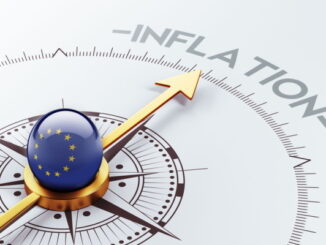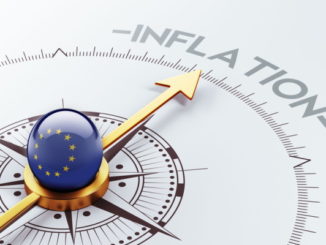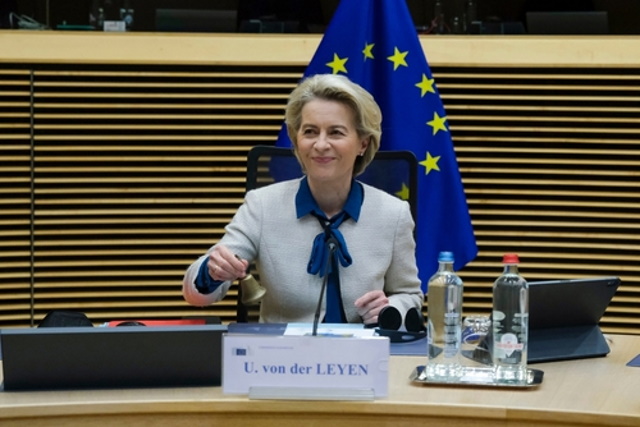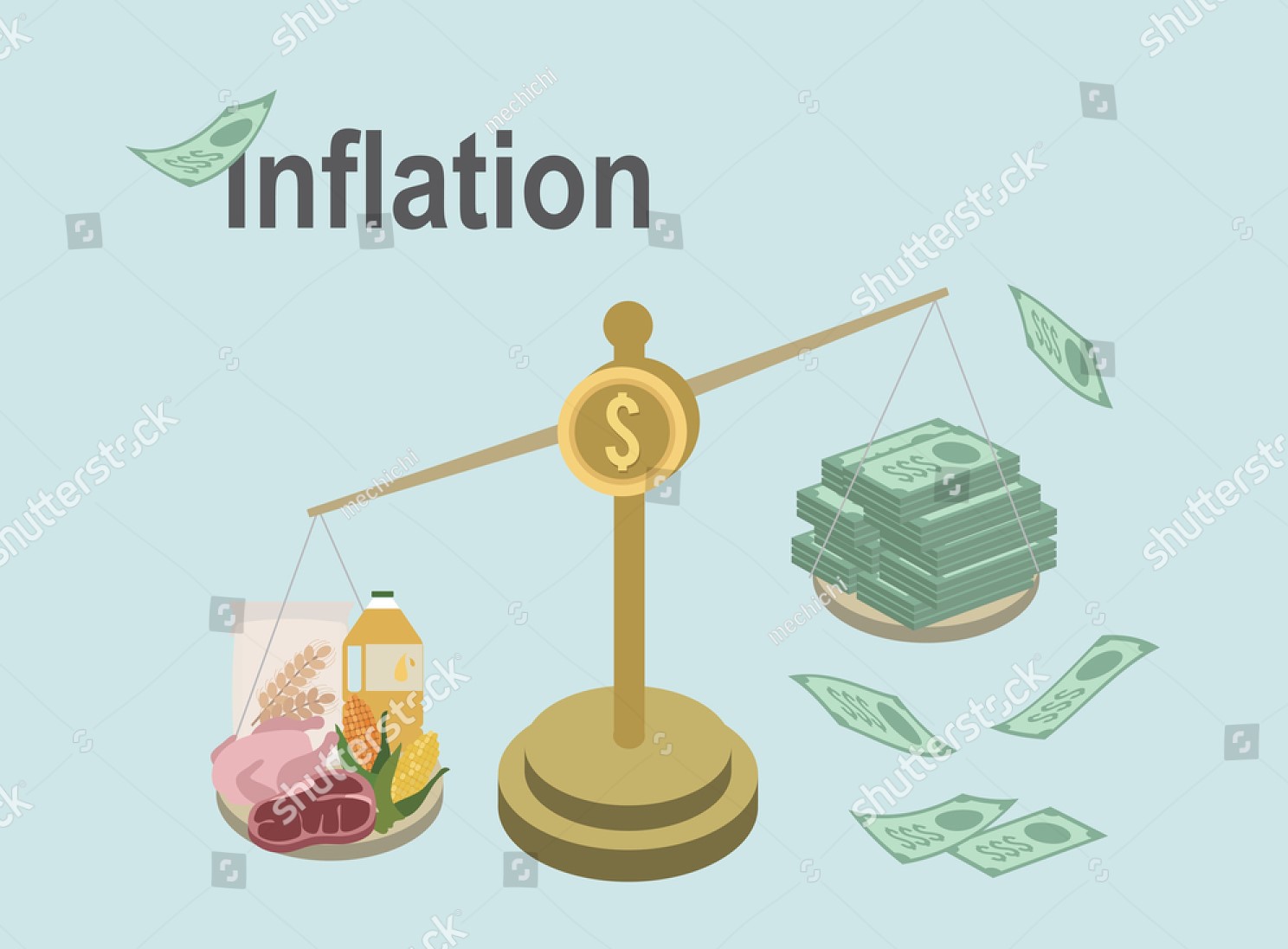
Should the ECB Revise its inflation target?
Christophe Blot and Francesco Saraceno The inflation rate in the Eurozone continues to decline. In February, it dropped to 2.6%, more than two percentage points […]

Christophe Blot and Francesco Saraceno The inflation rate in the Eurozone continues to decline. In February, it dropped to 2.6%, more than two percentage points […]

By Robert Boyer, Director of Studies at EHESS and the Institut des Amériques Speech at the “European Political Economy and European Democracy” seminar on June […]

By Christophe Blot In March 2022, the US central bank began tightening monetary policy in response to rapidly rising inflation. Since then, the target rate […]

By Christophe Blot For the first time since June 2021, inflation, as measured by the Harmonised Index of Consumer Prices (HICP), has fallen in the […]

By Jérôme Creel In its communication of 9 November 2022, the European Commission outlined the contours of the new European fiscal framework that should, in […]

by Christophe Blot At the monetary policy meeting on 16 March 2022, the Federal Reserve raised its interest rate by a quarter point to 0.5%[1]. […]

by Christophe Blot The end of 2021 was marked by growing concern among central banks about inflation[1]. As pressure on prices intensified with Russia’s invasion […]

By Christophe Blot With the return of inflation in 2021, the focus is now on the central banks and their mandate for price stability. Between […]

by Christophe Blot, Caroline Bozou and Jérôme Creel The Covid-19 pandemic has led governments and central banks around the world to implement expansionary fiscal and […]

by Xavier Ragot A heated debate is currently taking place in macroeconomics. The change in US economic policy following the election of Joe Biden has […]
Copyright © 2025 | WordPress Theme by MH Themes